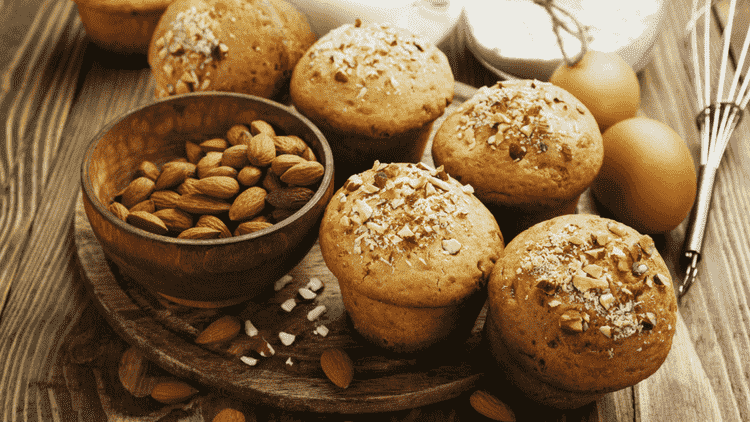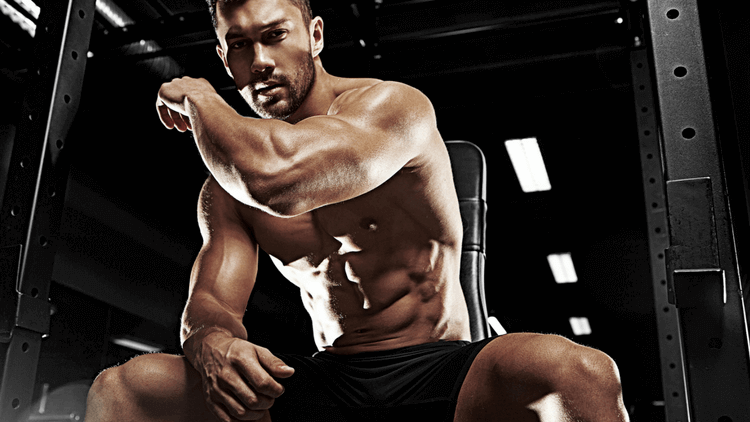If you’ve ever experienced a muscle cramp, you’ve come to the right place. This article explains what they are, the main causes, and how to relieve them, as well as the most effective methods for long-term prevention. Follow our advice and you’ll never get a muscle cramp again!
First things first: What are muscle cramps?
Put simply, a muscle cramp is the sudden contraction and tightening of a muscle. They can last from a few seconds to a few minutes. Muscle cramps are usually associated with a sharp, “twisting” pain in the affected area.
The most common area in which people experience muscle cramps is the calf, with the quads and hamstrings taking the next spots.
Interestingly, three-quarters of leg cramps occur during sleep. If you’ve ever shot bolt upright at night with a sharp pain, then this is probably what you experienced.
A quick disclaimer
Before we go any further I need to point out that I’m not a doctor, so if you’re really worried about persistent and recurring muscle cramps, go and make an appointment with your local practitioner. This is especially true if the cramps present alongside other conditions.
Causes of muscle cramp
1. Dehydration
Without a doubt the most common cause of cramps, especially among athletes and sportspeople, is dehydration.
Here are a couple of examples of muscle cramps in sport:
- Example 1 – Caroline Wozniacki
- Example 2 – LeBron James
The reality is that intense training causes your body to sweat and lose fluids. These fluids need to be replaced. Training multiple times per week can lead to long-term dehydration if you’re not paying enough attention to your fluid intake.
It’s not a sexy thought, but as a rule, your urine should be see-through or very pale yellow. Any darker than this and you’re dehydrated.
Top tip: Being thirsty means you’re already dehydrated, so don’t wait until you’re thirsty to drink!
2. Mineral deficiencies (sodium, potassium, magnesium and calcium)
The second-biggest reason for muscle cramps is a shortage of key minerals and nutrients. Most commonly, this means a shortage of sodium, otherwise known as salt, which is a key electrolyte. Since sodium aids in water retention, having a low sodium level means that your body will struggle to retain water, leading to dehydration-like symptoms and muscle cramps.
This is why cramps are very common during weight cuts for certain sports such as boxing and weightlifting, as the participants will often be encouraged to reduce their sodium intake in order to reduce water retention and lose weight. The drawback is that this can leave them prone to cramps and other health issues.
Potassium and magnesium shortages are also causes of cramps, and again this is strongly associated with weight cuts, especially those involving the use of dietetics (which pump fluids, as well as electrolytes, out of your body).
Lastly, calcium shortage is also a cause of muscle cramps, and is much more common in women.
3. Sudden exposure to extreme cold
Although a much less common cause, sudden exposure to extreme cold can lead to muscle cramps. This is only usually an issue for outdoor swimmers and triathletes taking part in cold-water swims. You can minimize the risk of this happening by gradually getting used to the water before the race, and by making sure to do an adequate warm-up.
Relieving a cramp
There are no guaranteed solutions, but here are some suggestions that have been shown to be useful.
- Massage the muscle vigorously.
- Apply heat to the muscle – for example, via a heat pad or a warm bath/shower.
- Conversely, ice or cool water can also help.
- Consume an electrolyte drink.
The reality is that once a cramp has set in, it’s almost pot luck as to whether you can make it relax quickly. Most of the time this just means a bit of discomfort and pain, but if it happens during a competition, it can demolish your chances of success.
Which brings us to …
Prevention
1. The easiest and most effective way of preventing muscle cramps is to make sure that you stay properly hydrated throughout the day. It’s highly unlikely that you’re ever going to drink too much water, so aim to drink more than you are now, and remember to check the colour of your urine.
If you’re training, make sure to increase your fluid intake, especially if you’re training in a warm climate.
2. Pay much more attention to your minerals and nutrients. I recommend eating plenty of foods that are rich in magnesium, potassium, and calcium. Here are some great sources:
- Potassium: Bananas, carrots, potatoes (skin on), greens
- Magnesium: Nuts, beans, seeds
- Calcium: Dairy products (milk, cheese, etc.), soya beans, leafy greens
You can also buy some cheap electrolyte drinks to drink before and during training.
Wrapping everything up
Muscle cramps suck: They’re painful, unpredictable, and can ruin your training and performance. If you’re serious about avoiding them, then you need to start paying long-term attention to your hydration, as well as your mineral and nutrient intake.
If you’re taking any anabolic substances or dietetics, or if you’re going through a severe weight cut, then this is doubly important. I’m not here to tell you what to do or what not to do: Just remember to look after your body.
Did this article help?






